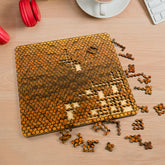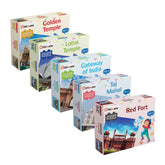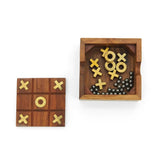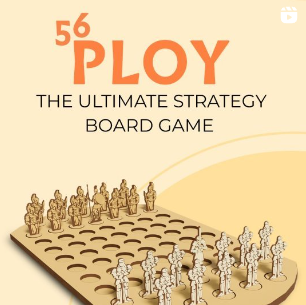7 Ways to Deal with your child without Punishment
Positive discipline is a parenting approach that focuses on teaching and guiding children rather than punishing them. It emphasizes mutual respect, understanding, and communication. Here's how you can implement positive discipline in your home.
1. Set Clear Expectations

Children need to know what is expected of them. Set clear, age-appropriate rules and explain the reasons behind them. When children understand the purpose of the rules, they are more likely to follow them.
2. Use Positive Reinforcement

Positive reinforcement encourages good behavior by acknowledging and rewarding it. This can be as simple as praising your child when they share with a sibling or offering a reward for completing chores. Positive reinforcement helps children understand which behaviors are desirable and motivates them to repeat those actions.
3. Focus on Teaching, Not Punishing

When your child makes a mistake, view it as an opportunity to teach rather than punish. Explain why the behavior was wrong and discuss what they can do differently next time. This approach helps children learn from their mistakes and understand the impact of their actions on others.
4. Implement Natural Consequences

Natural consequences are the outcomes that naturally follow a child's behavior. For example, if a child refuses to wear a coat on a cold day, they will feel cold. These consequences teach children responsibility and the importance of making good choices. Allowing children to experience natural consequences, as long as they are safe, can be more effective than imposed punishments.
5. Practice Active Listening

Active listening involves giving your full attention to your child when they speak and responding thoughtfully. This practice shows respect for your child’s feelings and helps build a strong parent-child relationship. When children feel heard and understood, they are more likely to cooperate and less likely to act out.
6. Model the Behavior You Want to See

Children learn by observing their parents. Model the behavior you want to see in your child, whether it’s kindness, patience, or respect. When you demonstrate positive behaviors, your child is more likely to imitate them.
7. Be Patient and Persistent

Positive discipline is a long-term approach that requires patience and persistence. It may take time for your child to adjust to this method, but consistency is key. Over time, you’ll notice improvements in your child’s behavior and your relationship with them.
Conclusion
Positive discipline is an effective way to teach and guide your child without relying on punishment. By setting clear expectations, using positive reinforcement, and focusing on teaching, you can help your child develop the skills they need to navigate life successfully. Remember, the goal is to build a strong, respectful relationship with your child while fostering their growth and independence.













Leave a comment
Please note, comments need to be approved before they are published.